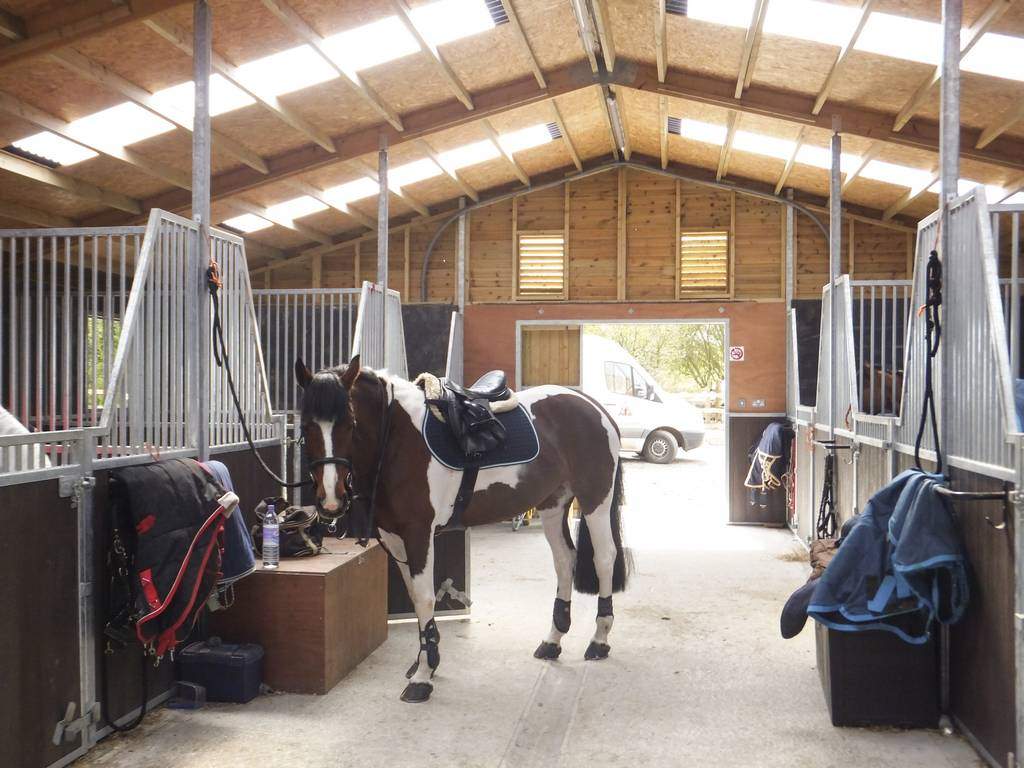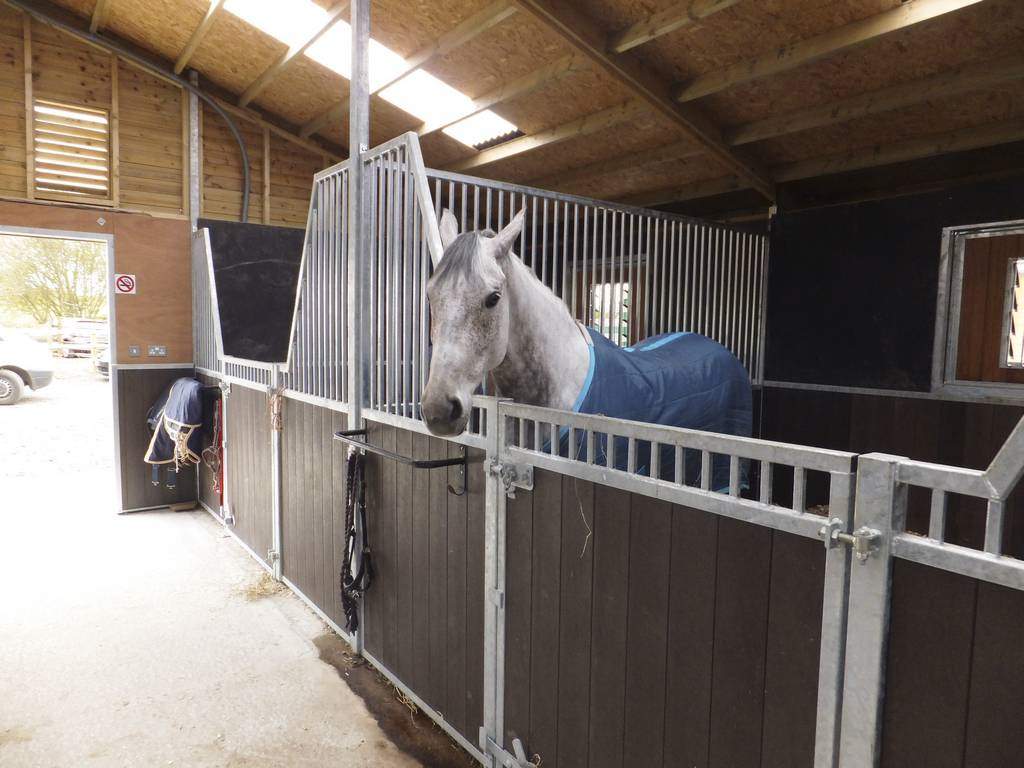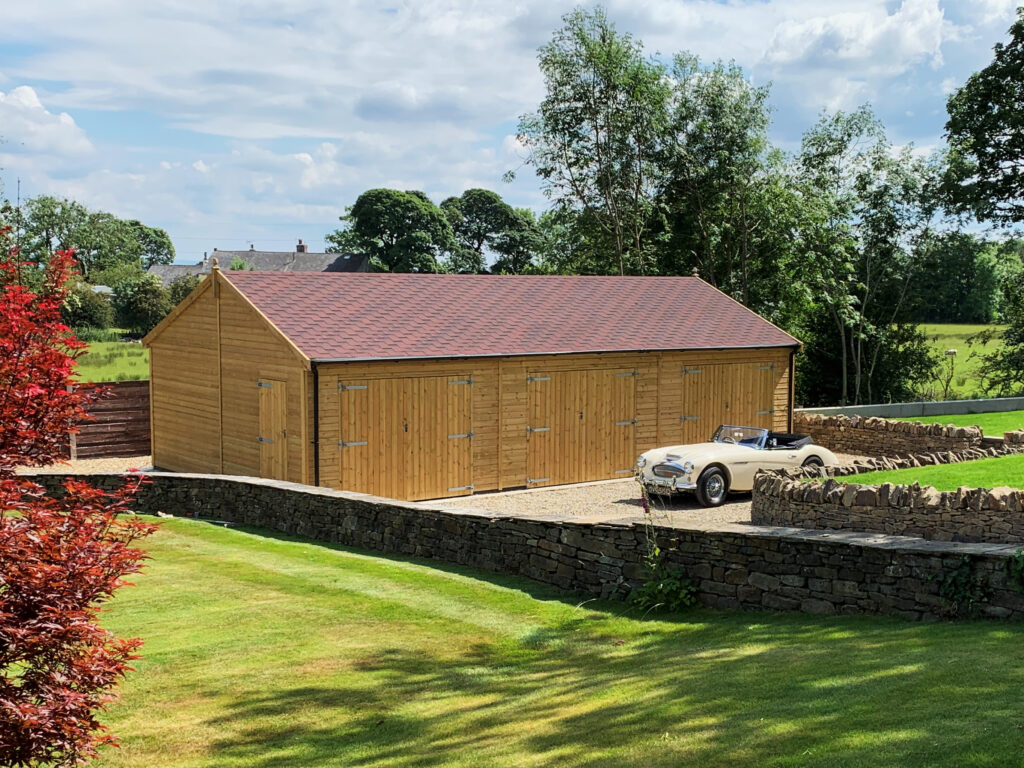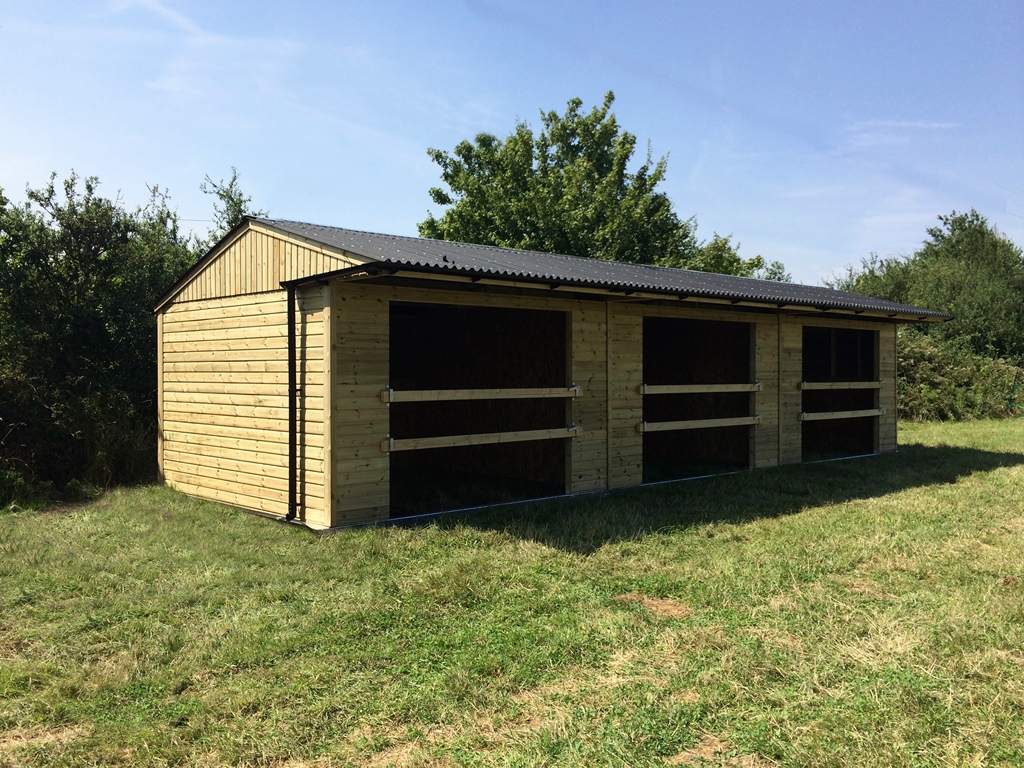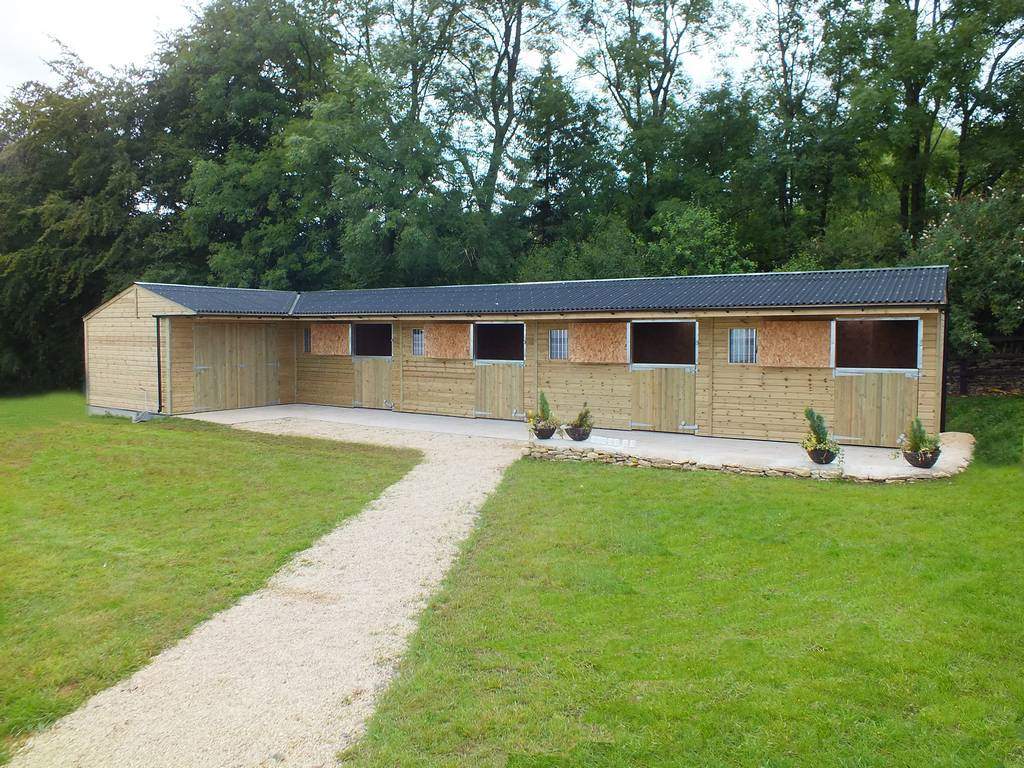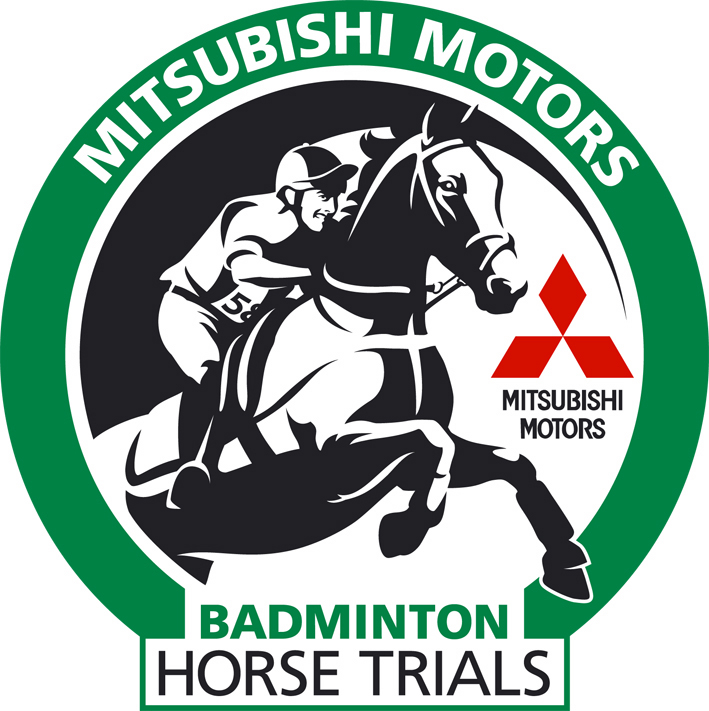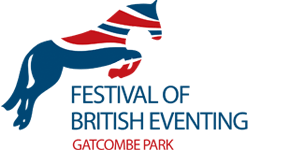Every horse deserves a comfortable, safe, and spacious place to rest and live in. Designing and building a home for them can be a fun and exciting project, but with numerous aspects to consider, including your budget, sizes, your horse’s wellbeing, it can get a little overwhelming.
In this article, we talk about key things you should consider when designing a perfect home for your horses.
1. Plan with your horses in mind
Your horse’s health, safety, and wellbeing are the main priority, so when designing their home, make sure you consider things such as how much space they will require, their health issues, can their living space be cleaned and maintained easily, etc.
Ensure the materials you use are safe and consider other features such as a well-functioning ventilation system for good respiratory health, good lighting, working fire alarms, sprinkler systems, and fire extinguishers
2. Budget
Before designing your building, the first thing you should consider is your budget. This will help you determine what kind of building and materials you can afford and if you will be able to add extra features such as a clock tower, extended canopy, or anti-cribbing pack.
If you’re unsure what you can get with your budget, our equestrian budling experts at Jon William Stables can help! Each of our ranges is designed with high-quality materials with a different budget in mind. We even provide a bespoke service for those looking for something more unique.
3. Budget Plan for Any Activities
Think about what kind of activities will happen inside the building. Will you only be stabling and boarding your own horses, or will you also provide it for other horses? How many horses will be in the space at a time?
If you want to groom them indoors, how much space do you need and think about training activities you may want to do with them inside, such as clicker training, teaching tricks such as bowing or kneeling. These all require different spaces, and it’s essential to make sure the areas are roomy enough for all your horses to move around easily and any other activities going on.

4. Building Needs
There are several types of equestrian buildings you can consider depending on your needs and requirements. For instance, do you want everything conveniently placed under one roof, or would you rather have your horses in one living space and a separate space to store hay, equipment, etc.
There are a few different options you can choose from. At Jon William Stables, we offer a range of equestrian buildings:
Timber stables are robust buildings with several stables next to each other with doors that open out directly to an open area. They can be designed bespoke around your needs, whether that be adding a separate tack room, storage room, offices, or something else.
Stables are great for those who prefer to have separate living space for each horse. If your horses suffer from allergies or have any health issues requiring them to be stabled separately, stables are the perfect option.
We have three ranges of timber stables available- Intro, Ideal and Elite.
Our Intro Range provides a robust building and is a good starting point for stabling at an affordable price. Our Ideal Range includes additional features that are usually added on as optional extras by other manufacturers. And finally, there’s our Elite Range. These are manufactured to the highest of design specifications providing extra style, creativity, and practicality to satisfy each of our customer’s needs and requirements.
American barns are a popular alternative to traditional stabling. These buildings are arranged around a central passageway to make an efficient environment with everything under one roof while providing shelter year-round.
A great thing about American barn is that you can have a large number of horses under one roof. Horses can see each other, which is a great advantage as horses are generally social animals who prefer being around other horses and animals.
We offer an Ideal Range with a traditional country barn look, or we have the Elite Range, which offers our highest specification with a larger framework and additional height. And for those with a bit more specific needs, we offer a bespoke range too.
If you have horses who mostly stay outdoors but still need some shade in the summer and shelter during bad weather or colder months, field shelters are a great option and are often very cost-effective. Mobile shelters are great if you frequently move your horses around from one pasture to another.
Many prefer to keep their hay in separate barns from their main horse shelter, so there’s no extra snacking on your hay reserves. Jon William Stables have been manufacturing hay barns since 1983, meaning each barn comes with 25 years of solid experience built-in.
5. Windows and Ventilation
Buildings with poor ventilation can lead to stale air, pathogens, and dampness, leading to mould and a bad living environment. Poor air quality can often lead to health issues for your horses, especially respiratory. Having your building properly ventilated will keep the air fresh and help prevent any problems.
Windows are generally the best choice to provide ventilation as they’ll also let in more natural sunlight to your building, but there are several other options such as eave extension and openings, louvers, and peak ventilation.
6. Materials
One of the key factors to consider when designing your equestrian building is the materials. High-quality materials ensure the longevity of the building.
At Jon William Stables, we believe timber is 100% the best material for equestrian building. They are a better natural insulator than other materials such as steel and aluminium, hygroscopic, meaning buildings are less confined, easy to maintain, a green way to build, and blend in naturally with any surrounding it sits in. Additionally, wood is easy to maintain and one of the most cost-effective materials compared to steel, bricks, concretes, etc.
Apart from the material of the building itself, you also need to consider the flooring as it directly impacts the health of your horses’ feet and legs. There are a few different options for the flooring to choose from. Soil, sand, or clay are inexpensive but may need daily upkeep to keep them level. Concrete flooring is durable, easy to clean, and doesn’t take much damage. However, they can be slippery when wet. If your horses spend a lot of time indoors, it is crucial that rubber mats are laid on top.
Materials such as asphalt, grid floors, and rubber bricks are all good options for a horse’s leg health, but wood is the best option. Other than being easiest on horse’s legs, it tends to be much warmer for them to rest on, it’s non-slip, and doesn’t require as much maintenance as many alternatives.
7. Planning Permission
Like with any building project, you must obtain correct planning permission from your local authority. In fact, not doing so can lead to some negative consequences, even leading to demolition. The good news is, at John Williams Stables, we provide a full planning permission service where we handle everything for you!
There are many things to consider when designing an equestrian building, and a variety of options are available depending on your needs. The important thing is you consider your horse’s safety, health, and comfort and work around your available budget and space.
If you are still unsure or need help planning and designing an equestrian building for your horses, give us a call on 01380 850 965 or visit our website to explore our timber and equestrian building ranges.
